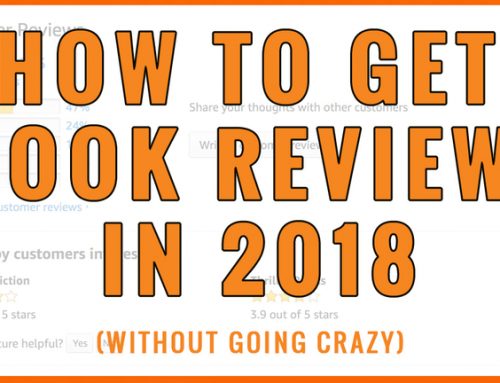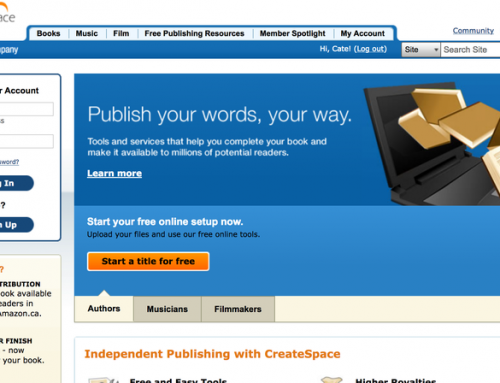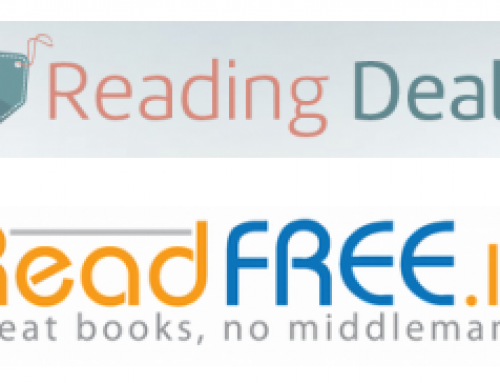
The new plugin tool will let publishers convert Adobe InDesign files directly into Kindle books. Designers and publishers can take existing print-ready files and create Kindle books using the tool.
The eBook version will maintain the font styling, text alignment and paragraph alignment of a print book’s design. In addition, designers can use the tool to add links within the book.
Adobe InDesign already has the ability to export for ePub. See How to guides here. There were complaints about the ePub option in CS4, but importing has been improved (PDF) in CS5:
Adobe InDesign CS5 software includes new and enhanced EPUB file export features that improve production and provide greater control for creating compelling eBooks that can be read on a wide range of eBook reading devices, including the Apple iPad, Sony® Reader, Barnes & Noble nook, and various mobile phones. This white paper provides an overview of the new features and enhancements.
Time for all self-publishers to get a copy of InDesign – including myself. I’ve held off because of the price tag – close to $700. But if you plan on self-publishing a number of books, InDesign is becoming a must-have.
Get an Editorial Review | Get Amazon Sales & Reviews | Get Edited | Get Beta Readers | Enter the SPR Book Awards | Other Marketing Services





















Not quite sure what the difference is, but the pricing here is much cheaper. I’ve never heard of Academic versus Retail software though.
http://www.baselinesoftware.com/manufacturers_list.php?id=222&manufacturers=Adobe&product_cat=Indesign%20CS5
Why would an Author want to spend $700 to make a Kindle ebook when they can use free software?
A .prc file can EZ-ily be made with a free text editor and Mobipocket Creator which is owned by Amazon.
Amazon suggests an Author use html. I offer a free macro so Authors don’t have to know html to write their ebook.
To me free is better for Authors. Yes, even those who want to publish a lot of their books into ebooks.
I took a look at your macro – looks interesting. But doesn’t it mean that you’ll have to manually add < p > tags for every single paragraph in a book? Pretty labor intensive, so for some (if they can afford it) the $700 makes sense because it does it automatically. Please correct me if I’m wrong about how to use your macro.
This whole conversation seems insane to me. Here’s why:
Nearly all of us write in Word. Kindle accepts Word docs. If you have Word docs for your book, the most work you have to do is put them in one big file and do some standard formatting (less than for InDesign), so they look good on a Kindle after DTP automatically converts your upload.
If your file is already in InDesign or (in my case) the earlier PageMaker, you again need to get them into one big file, then “Select All” and “Copy”, then “Paste” them into an empty Word doc and do the required (minimal) reformatting. I did this for around two dozen books I personally set years ago in PageMaker; it took less than six hours in the most difficult case to have a ready-to-upload to Kindle file.
I needed to have a dozen books scanned as type had been set by their original publishers and I did not have the complete edited files. I got an RTF version of each from my scanning vendor and did the formatting into Kindle-ready docs. The hardest part of this was proofing out the 1% scanning errors (say 700 =random= errors in a 70,000-word text).
I’m going to bet that the InDesign plug-in output needs to be checked and, at minimum, reformatted to a greater or lesser degree–in html!!! Also, if you know a thing about setting type, you know that tricks typesetters employ to even out lines and paragraphs need to be rooted out.
I cannot conceive of working with html output from any plug-in that won’t require some effort in raw html. That is blinding work, as error-prone and difficult on the eye and brain as writing programming code by hand (because it =is= writing programming code by hand). Ironing out niggling errors is guaranteed to take time and make you crazy. And that would be sad, because converting anything to a just-as-good Word doc is cheap and easy.
Last comment for now: If you set your own type for your hardcopy book, and you use InDesign, it might be worth the cost of upgrading. Ditto if you use PageMaker. But I still think the Word-to-DTP route is best of all if you write in Word and keep track of your edits in your Word doc. So far, I’ve uploaded 42 books to Kindle DTP, all via Word docs. I had a learning curve to overcome (mainly that less formatting is better), so I’ve reploaded around a dozen tweaked files. It now takes me no more than an hour or two to format a fully proofed Word doc that I can then convert to epub (for Sony, Apple, B&N PubIt, Kobo, and Google Editions) and pdf (for Google Partner and Scribd), each in one automated pass. B&N PubIt also accepts Word docs.
Except for upgrading from Word 1997 to Word 2007 ($199.00) to gain access to a =free= one-step epub converter, I’m out no extra money for the 42 titles I’ve placed on a full range of marketing platforms.
It is good to know that Mr Hammel was able to upload word files. I have not been so lucky. Kindle really messes up with my word file. I have tried direct from doc to kindle as well as saving an html version before upload. While the text comes out reasonably okay (KIndle changes the font though) the bullets and paragraph numbering are so out of place that a kindle reader will believe that I did not know even the basics of typing! Any suggestions would be appreciated. Thanks.